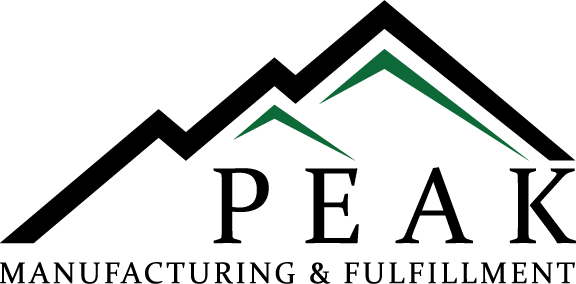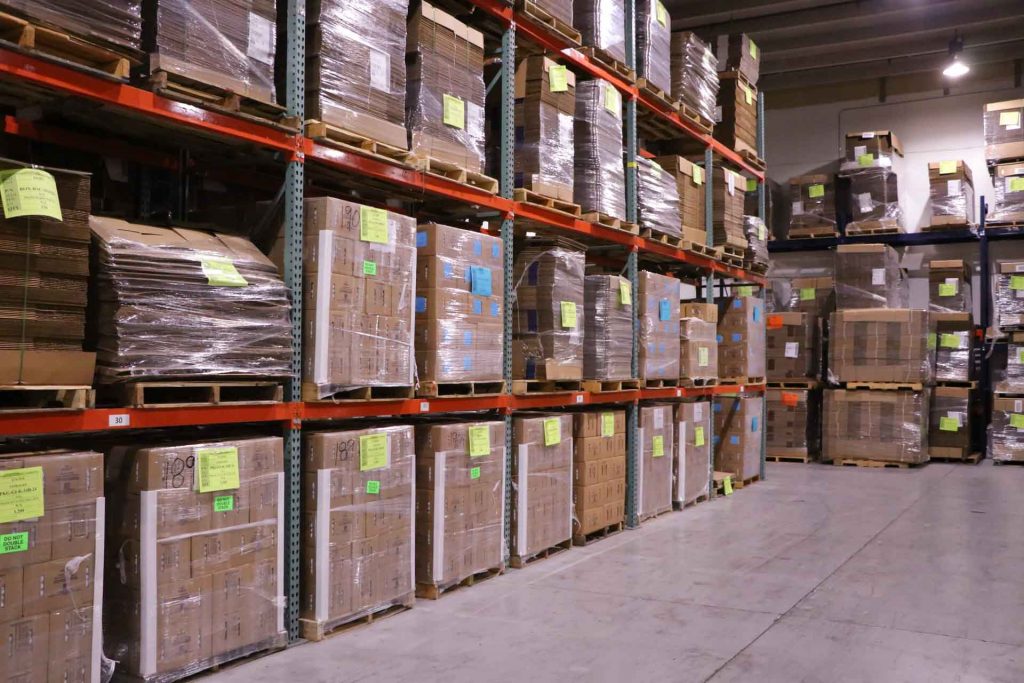Here you’ll find answers to the most frequently asked questions that we’ve encountered. Please contact us if you have any additional questions.
Manufacturing
What is Plastic Injection Molding?
Thermoplastic injection molding (or moulding) is the process of heating plastic granules into a liquid and injecting it into a mold where it cools into the shape of the mold cavity.
What is a Mold?
A mold is a precision tool used for mass replication. Molds generally consist of two parts that contain a cavity when joined together. Plastic (or other materials) is injected into the cavity and cools or cures and then removed. Molds are generally expensive to make and do eventually wear out after long usage.
What materials can be used in Plastic Injection Molding?
Many types of plastic can be used. The most common types are Polypropylene, Acrylonitrile Butadiene Styrene (ABS), Polyamide, High Density Polyethylene, and Polycarbonate. There are thousands of blends of these materials that can be customized to meet certain product specifications such as density, appearance, and cost.
What is ISO 9001:2015?
ISO 9001:2015 is a quality management system which requires certification. It is a set of rules that must be followed to document processes and procedures, audited regularly by internal and external entities.
What is 3D Printing?
3D printing is an additive process to create a three-dimensional object. The printer itself resembles a large inkjet printer, but instead of using ink, it uses filament.
What is 3D Printer Filament?
Filament is the material used in 3D printing. It’s a narrow-gauge wire-like material that is usually spooled around a core and feeds into the 3D printer. Filament can be made of many different materials including ABS plastic, PLA, resins, and other materials such as cement and metals.
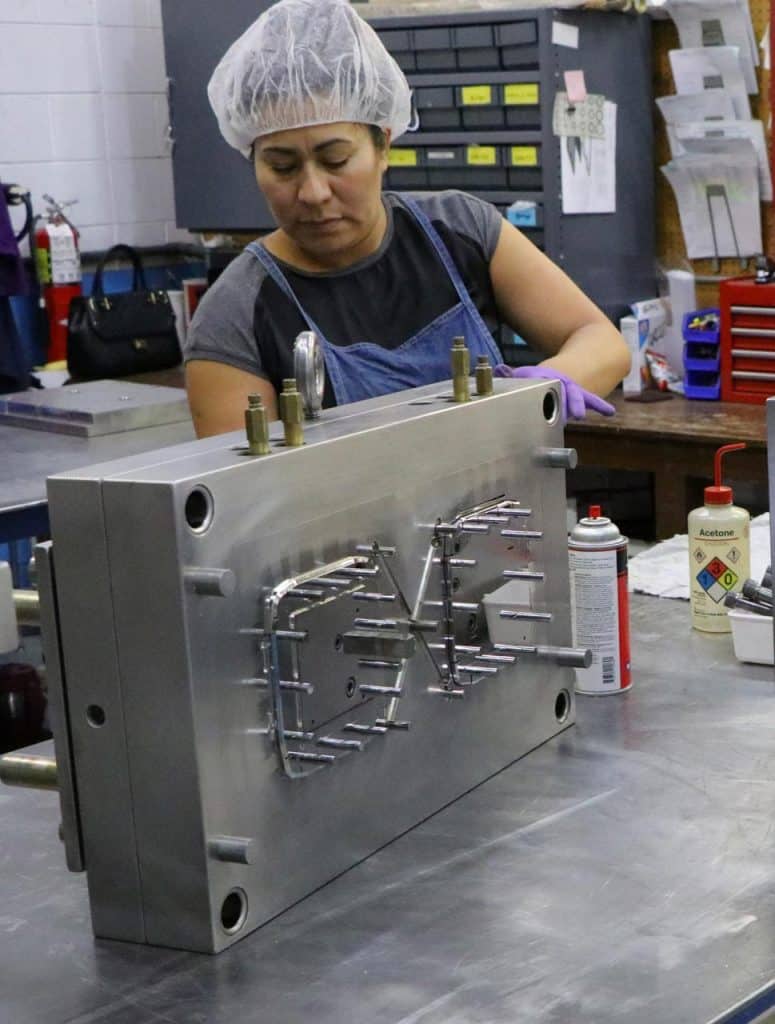
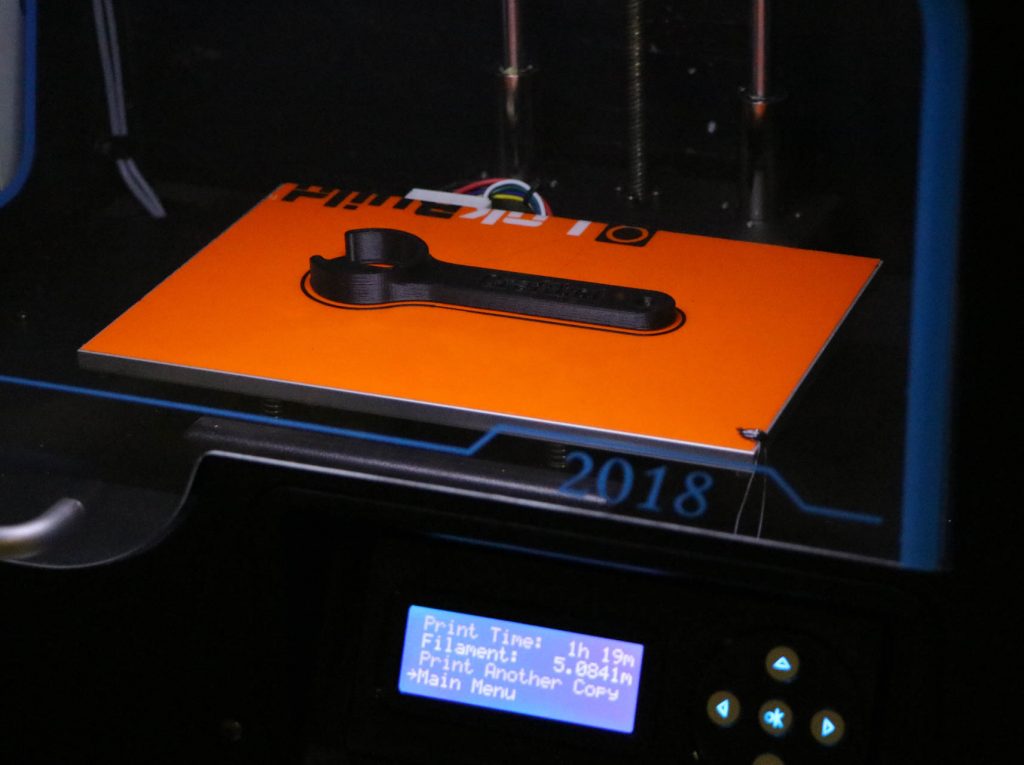
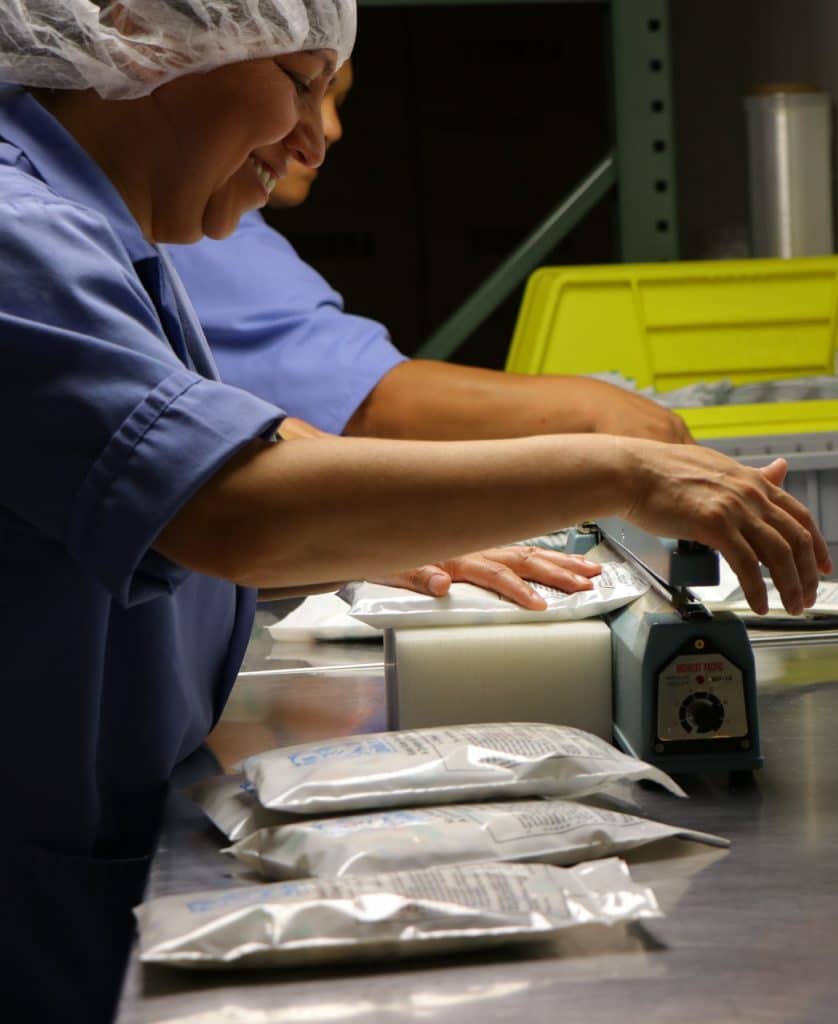
3PL / Fulfillment Terminology
What is Fulfillment?
In third party logistics, fulfillment is the term used to for picking, packing, and shipping orders on behalf of a client/customer.
What is 3PL?
3PL stands for Third Party Logistics. A 3PL stores inventory and ships orders on behalf of their clients/customers.
What is Kitting?
Kitting is the process of grouping related items together as a unit. The components are not joined or assembled, rather all put into the same container.
What is Assembly?
Assembly is the process of combining multiple components into a finished item. Usually some tools or fasteners are used in the process.
Are you affiliated with Amazon?
We are not affiliated with Amazon. We ship products to Amazon and we fulfill Amazon orders on behalf of our customers with product that is stored in our warehouse.
Inventory Management
What is a WMS?
WMS stands for Warehouse Management System. It is computer software that keeps track of inventory levels, locations, and status. It allows order processing and guides the warehouse worker’s activities through an RF or web-based device.
What is Barcoding?
Barcoding is a term associated with using barcodes as a means to identify characteristics of an item through automation and computer software. Barcodes identify product skus, lot numbers, quantities, cartons, warehouse locations, and shipping information. The barcode label does not contain any internal circuitry or memory; the code itself is a series of letters and/or numbers stored in a database as a unique value that can have other characteristics associated with it.
What is a LOT Number?
A lot number is a unique value that identifies how or when a product was produced. For example, in manufacturing a lot number could be a combination of the machine name and date that the item was produced. Lot numbers are tracked through the product production process and saved in a database. If a product is later found to be defective, then all products with that lot number could be recalled.
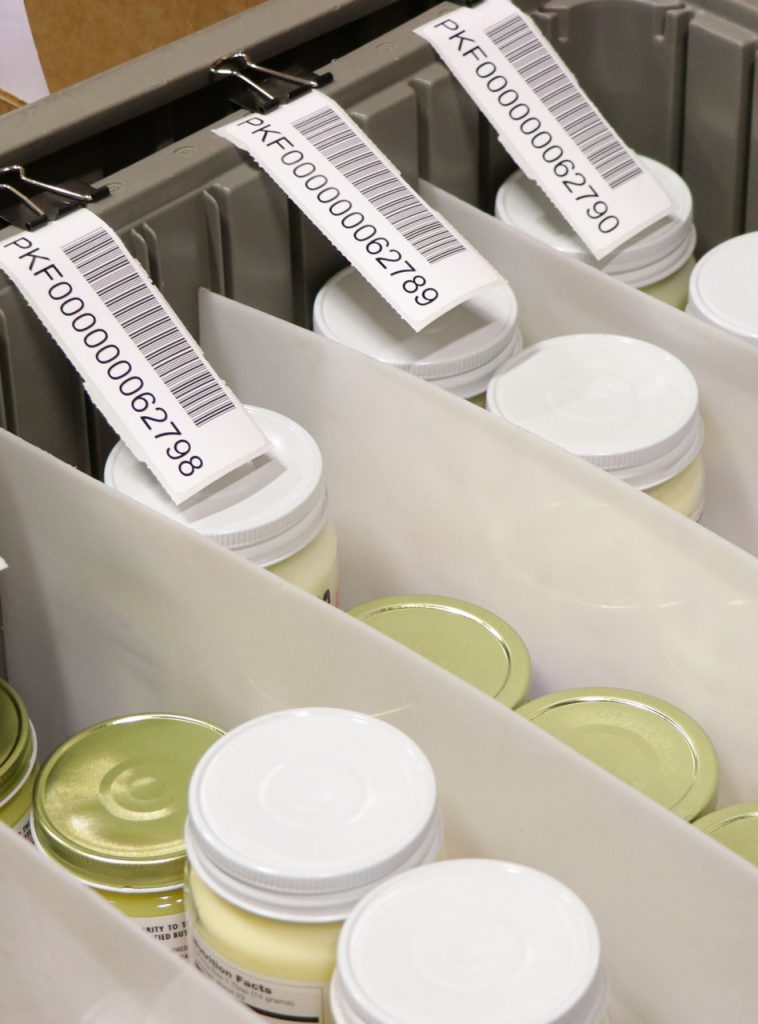
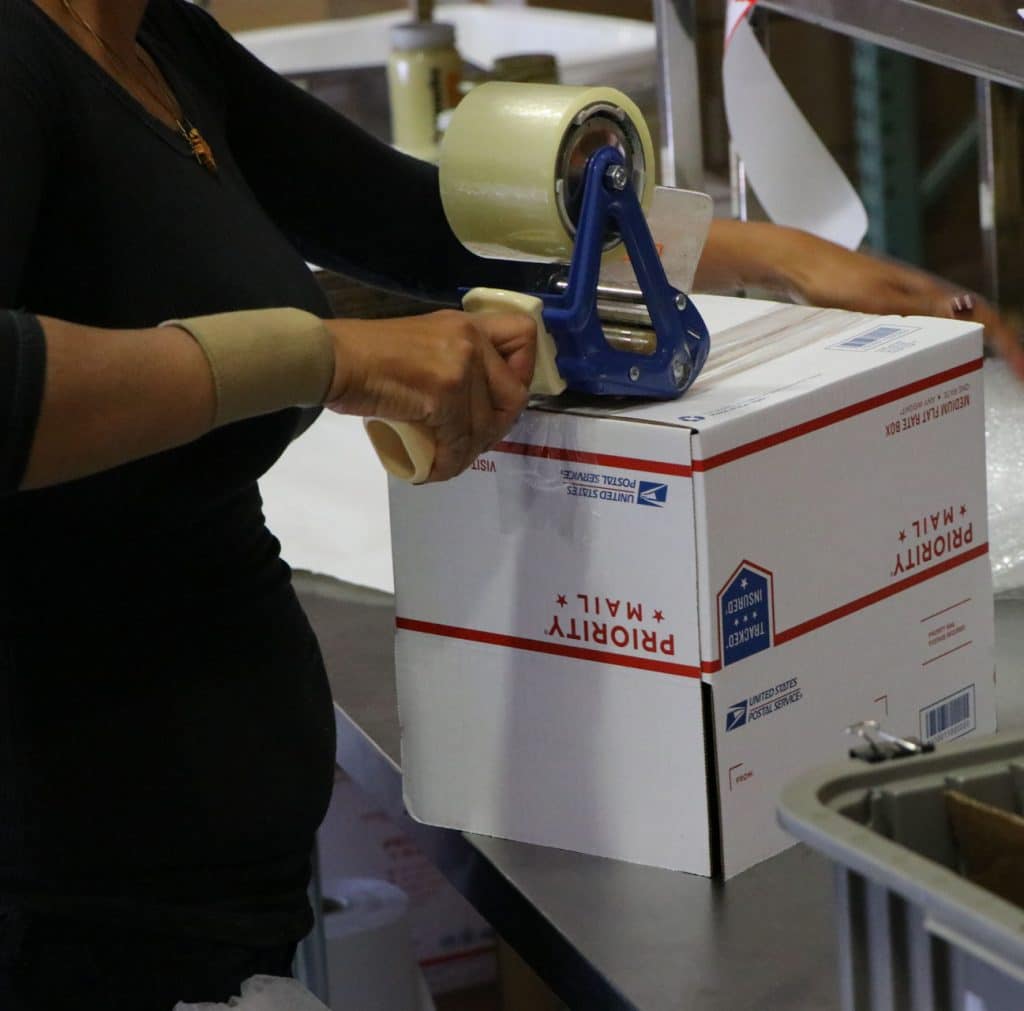
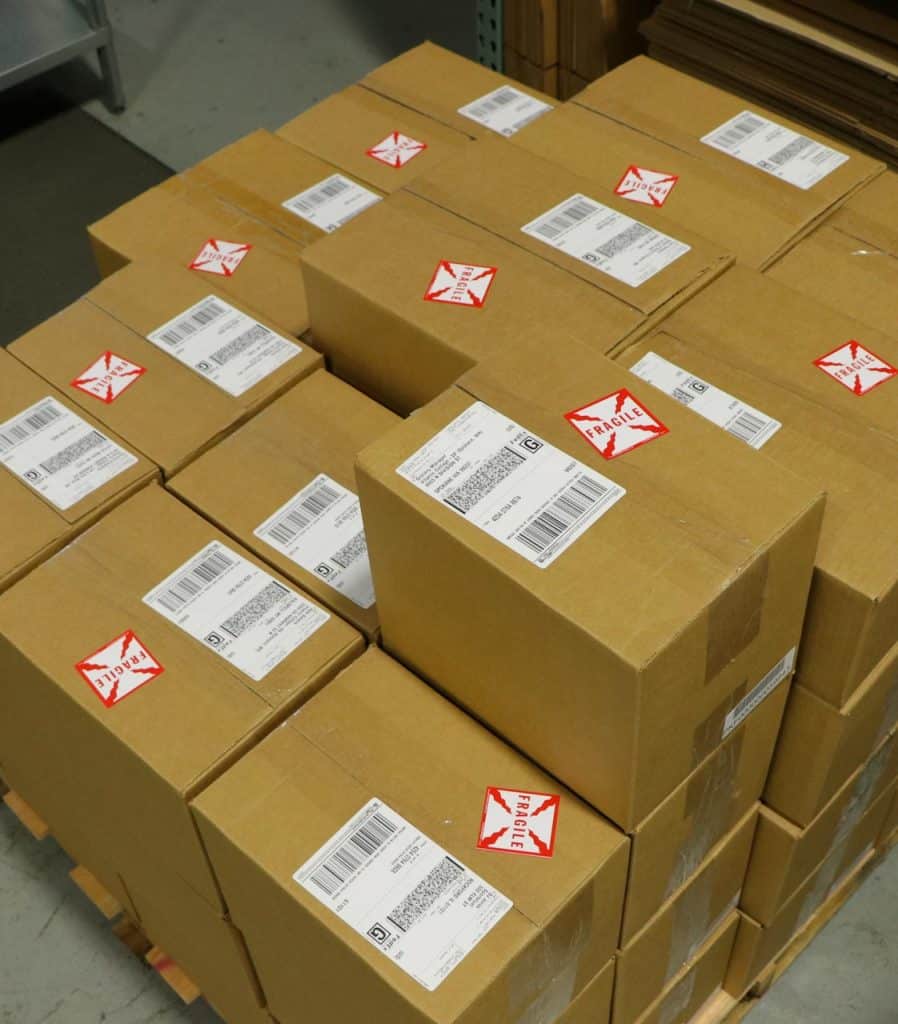
Shipping / Transportation
What is Parcel shipping?
Parcel shipping generally refers to small package shipping. This is the most popular form of shipping goods to residential areas using carriers like FedEx, UPS, USPS, and DHL.
What is Freight shipping?
Freight shipping is generally used for shipping items that are too large for parcel shipping. Items are typically put on pallets, banded, and wrapped with plastic for protection during transit.
What does LTL mean?
LTL stands for “Less Than Truckload”. It’s most commonly used for standard pallet shipping, typically consisting between 1 – 10 pallets; not enough to fill an entire truck trailer.
What is a Lift Gate?
A lift gate is an elevator platform that is attached to rear bumper of a truck trailer. Many shipping locations do not have loading docks to load and off-load the contents of a truck. In these situations, a lift gate is used to raise and lower pallets from the ground to the truck trailer. Shipping carriers usually charge extra for lift gate service.
What is Dimensional Weight?
In the past, carriers charged only by package weight. Low density packages became unprofitable for freight carriers due to the amount of space they take up in the truck/aircraft/ship in proportion to their actual weight. Dimensional weight (or DIM weight) uses an estimated weight calculated from the length, width, and height of the package.
Not finding the answers you’re looking for? We can help. Please send us your questions here.
